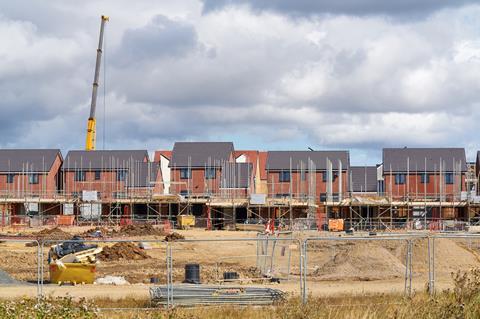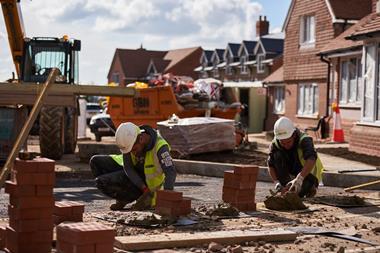My Twitter feed has seen a few skirmishes lately in a battle between two camps.

Let’s call one camp the ‘Supplyiters’, who believe the housing crisis is down to not building enough housing units for the past 50 years and can be fixed by building a lot more homes.
On the other side are the ‘Crediteers’, who believe expensive housing is down to a surfeit of credit and irresponsible lending. They say restricting mortgage lending and taxing home ownership would dampen demand sufficiently to prevent excess house price inflation in future.
I have watched a succession of governments, commissions, policy think tanks and other experts search for a ‘single silver bullet’ solution to real estate issues over the past 30 years. But still the nation complains that housing is expensive, inadequate, inaccessible or unavailable for an increasing number of people.
Housing is simultaneously a ‘good’ and an asset. If we think of housing like any other consumer good – a car, a fridge or a pair of trousers, for example – then the obvious solution to rising prices must be more supply. The increased and efficient supply of goods such as cars, fridges and trousers has demonstrably reduced the price of these items over recent decades, without compromising quality. Why shouldn’t the same apply to housing?

This may work in the case of rented housing; higher supply in a particular location does seem to dampen rents. Renters consume housing as a good, valuing it by its size, amenities and qualities. If there are more and better flats available, then renters will pick those that are bigger, better, well serviced and cost less to run.
But housing is one area where global competition and efficient manufacturing and supply measures won’t shift supply as they have for cars, fridges and trousers. Real estate uses a very expensive, scarce and immovable raw material: land. The supply of housing cannot be increased without increasing the supply of land in the demanded location.
This leads us to the other component of housing: its value as an asset. Where real estate operates in a near-permanent condition of scarcity, due to land constraints, it is hardly surprising that its price has tended to rise faster than the price of cars, fridges and trousers.
Housing is a complex composite good as well as a financial asset
An asset is something that puts money in your pocket. Housing assets can do this in several ways. Most homeowners and investors think in terms of capital growth because for many of them it has been so high over their lifetime. At times, the expectation of future capital growth is sufficient to fuel housing demand over and above the needs of renters, creating booms, busts and bubbles.
But there is another aspect of asset value that I believe will be more important in the coming decades: income. If interest rates are low and stable, capital values reach a ‘high plateau’ and there can be no further capital growth without rental growth. The size and quality of net income streams then determine the value of a property.
There is a lot of change and disruption for policymakers to consider in the coming years and this makes it all the more important to recognise housing for what it is – a complex composite good as well as a financial asset. We won’t stand a chance of solving the housing crisis if we don’t study, understand and allow for this complexity.
Yolande Barnes is chair of UCL’s Bartlett Real Estate Institute
































No comments yet